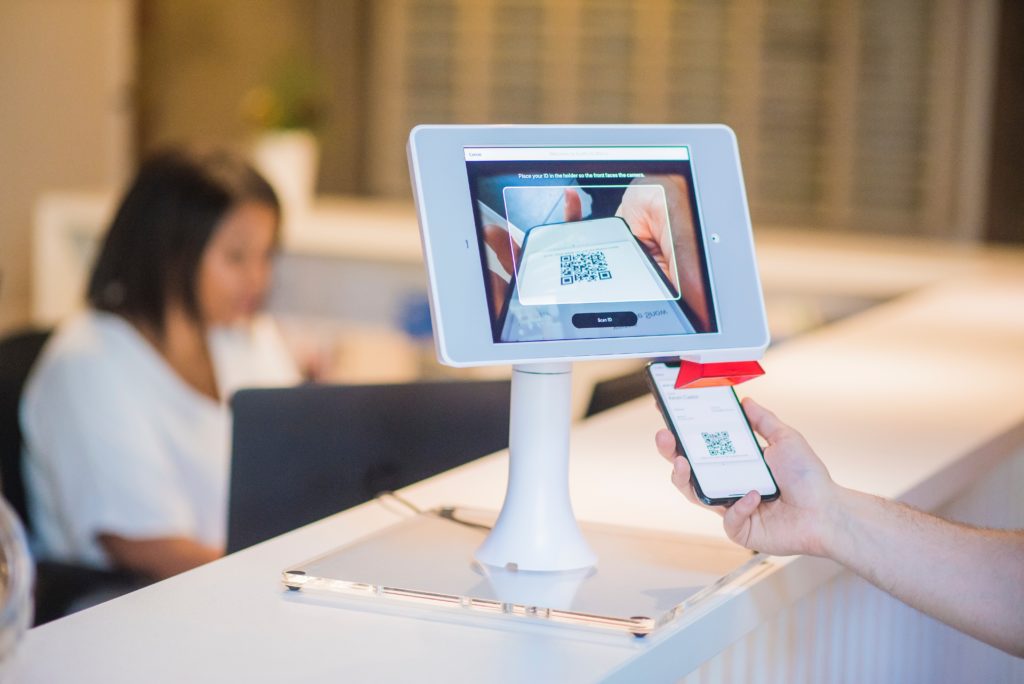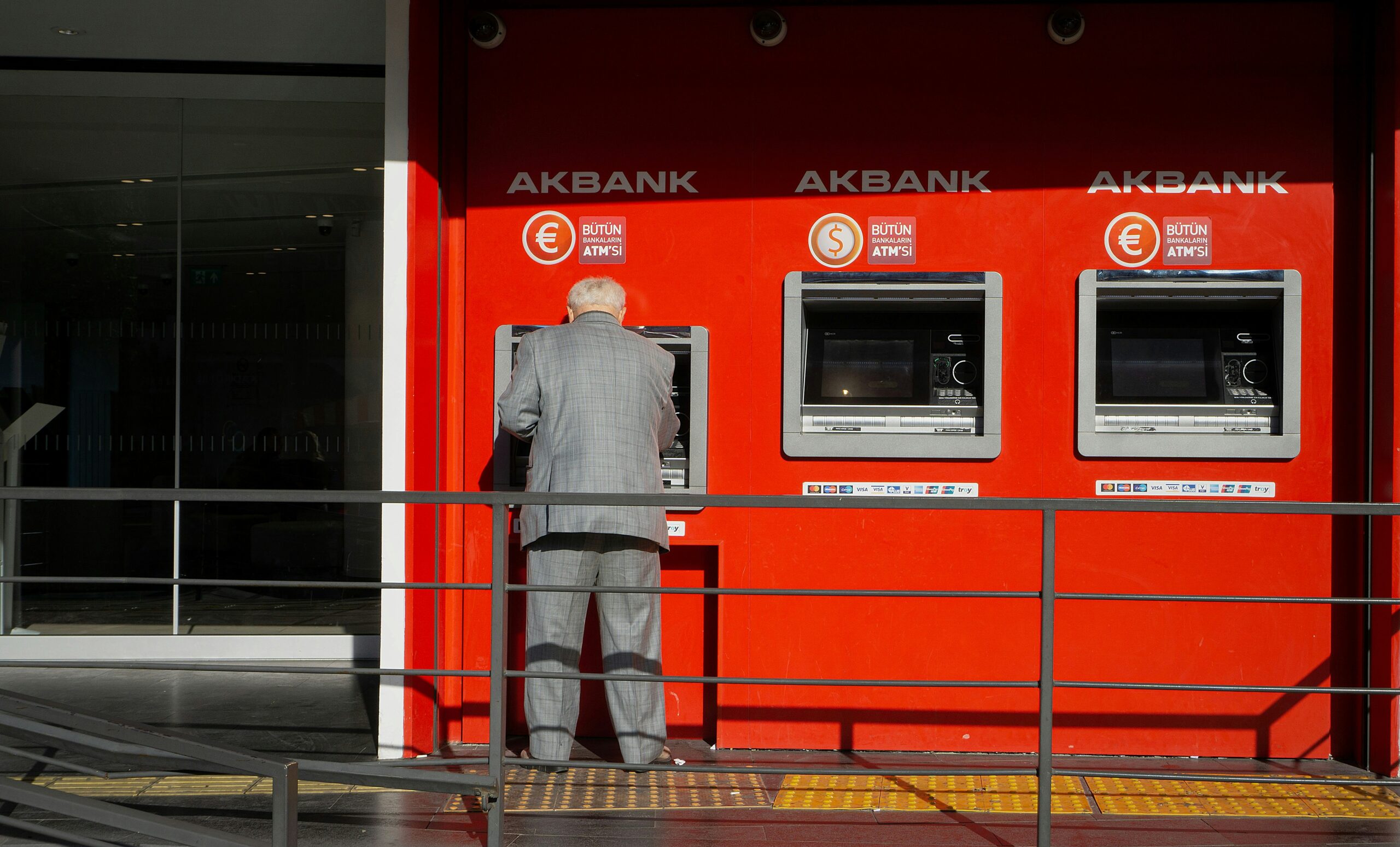Mir is the name of a payment system that is used in Russia. 2017 was the year when it made its debut. This kind of financial transaction is overseen and managed by the Russian National Card Payment System, which was initially devised and implemented by the Central Bank of Russia. When it came to internal use, it was the primary choice. On the other hand, it is now also used by international businesses that have operations in Russia. The first Russian financial institution to begin distributing its credit cards was Sberbank. Recent developments have resulted in the brand receiving backing from 64 or more banks. Turkey, South Ossetia, and maybe Venezuela are among the countries that are currently using the system. The assistance provided by the government on all fronts has contributed to the widespread adoption of the payment method across the Russian Federation.

Background
Following a referendum in Crimea in 2014 that resulted in a decision to join Russia, the National Payment Card System (NPCS) was established. The NPCS is the organization that is responsible for operating “Mir” cards. The word “peace” or “world” can be translated from the Russian word “mir.” It was conceived as a contingency plan if cards were cut off from global payment networks. Even at the time, low-cost organizations were phasing out their acceptance of credit card payments from customers using Visa and Mastercard. The payment system known as “Mir” has started to be used for the transfer of employee wages and salaries, as well as social benefits and pensions provided by budgetary organizations. More than fifty percent of Russian citizens will reportedly have at least one “Mir” card by the summer of 2021, as projected by the NPCS. By the end of the third quarter of 2021, it had accounted for 25.2% of all payments made in the country, with a total of 112 million cards having been issued.
Mir benefits
The government provides a significant amount of assistance for the system. Additionally, debit and credit cards may be used to purchase Mir. With more than 73 million cards in circulation, it has firmly established itself as a formidable rival to Visa, Mastercard, and other networks that issue credit cards. One of Mir’s primary objectives is to ensure the security of monetary transactions. In addition to this, it strives to ensure the stability of national payments and ensure that these payments are independent of either the domestic economic climate or the political climate at present. Because it offers its customers a wide variety of one-of-a-kind discounts and promotions, companies can find it beneficial to include Mir on their websites. As a consequence of this, customers could receive various advantages, including promotions, rebates, and other perks. Because of the popularity of the Mir cards and the unique benefits they offer, customers are more inclined to choose this option when they are checking out. In addition, customers and businesses alike are free to work with any financial institution of their choosing when using Mir. A number of different financial institutions, including Sberbank, Tinkoff, and VTB, are behind Mir.
Utilizing Mir in one’s work
Customers make purchases using Mir in the same way they would with any other credit card. On the screen that displays the total cost of the purchase, the customer can choose whether or not to purchase the Mir. After that, he or she decides to pay using the bank card at the register. The following step is to enter the card number, along with the card name, the expiration date, and the CVV. If the website utilizes the 3D-Secure protocol, the customer is required to take additional safety measures.
Where can I use the bank card issued to me by Mir?
In places where Mir bank cards are accepted, cardholders from Russia can use their cards.
There are currently ten countries, which are as follows:
• Turkey
• Vietnam
• Armenia
• Belarus
• Kazakhstan
• Kyrgyzstan
• Tajikistan
• Uzbekistan
• South Ossetia
• Abkhazia







